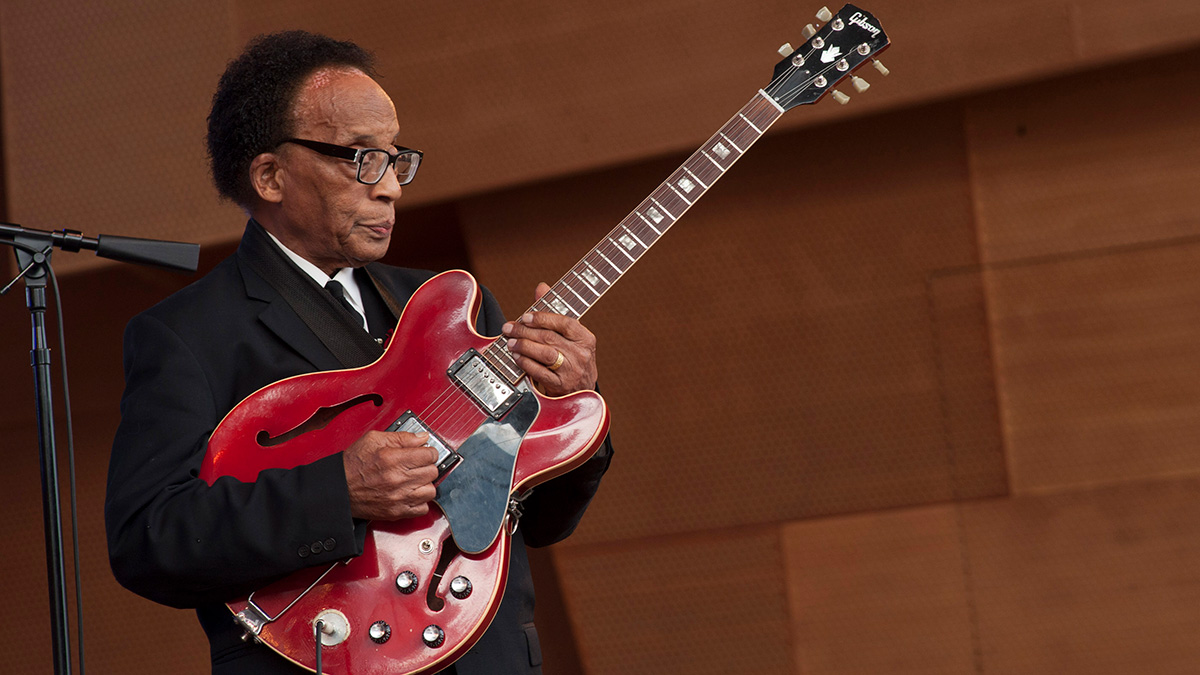“115 effects and tools to ignite your imagination and shape your sound”: Native Instruments updates its flagship amp and effects plugin with Guitar Rig Pro 7
There are four new amps, five new pedals, an all-new loop station, and a heap of rackmounted hardware tools for shaping your sound
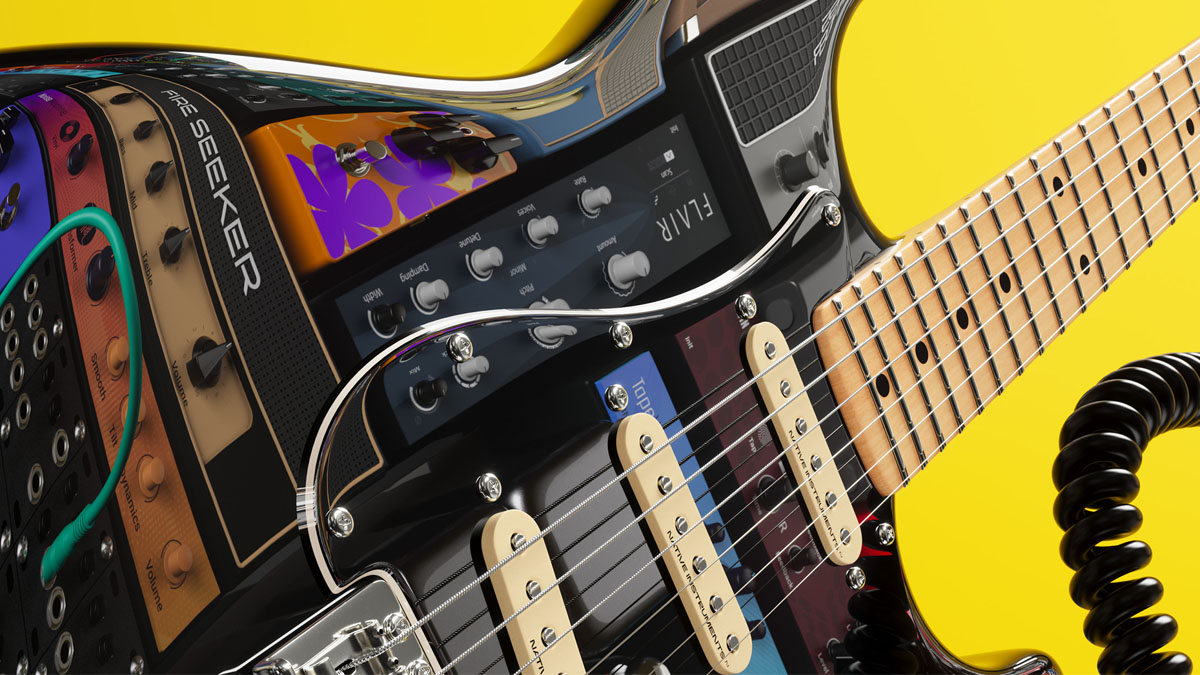
Native Instruments has launched Guitar Rig Pro 7, refreshing its market-leading virtual and guitar effects plugin series with four new guitar amps and five new effects – plus there’s a whole bunch of new goodies to help gussy up your tone and give it some pro-quality digital TLC.
The release is part of the German music tech brand’s new Music Production Suite, which also launches today and comprises more than 30 plugins, and similarly updates its top-of-the-line Ozone and Nectar plugin suites.
Once upon a time, it looked as though Native Instruments was not exactly sure what the future held for the Guitar Rig Pro platform. It took 10 years to update version five with version six, where the interface was wholly redesigned to become much more user-friendly, and the data-crunching power of machine learning was added to the plugin's Intelligent Circuit Modeling (ICM) tech for added realism.
Just three years later – almost to the day – we have version 7, complete with new amps, and new effects, making it an impressive 115 effects and models or rack-mounted tools in total.
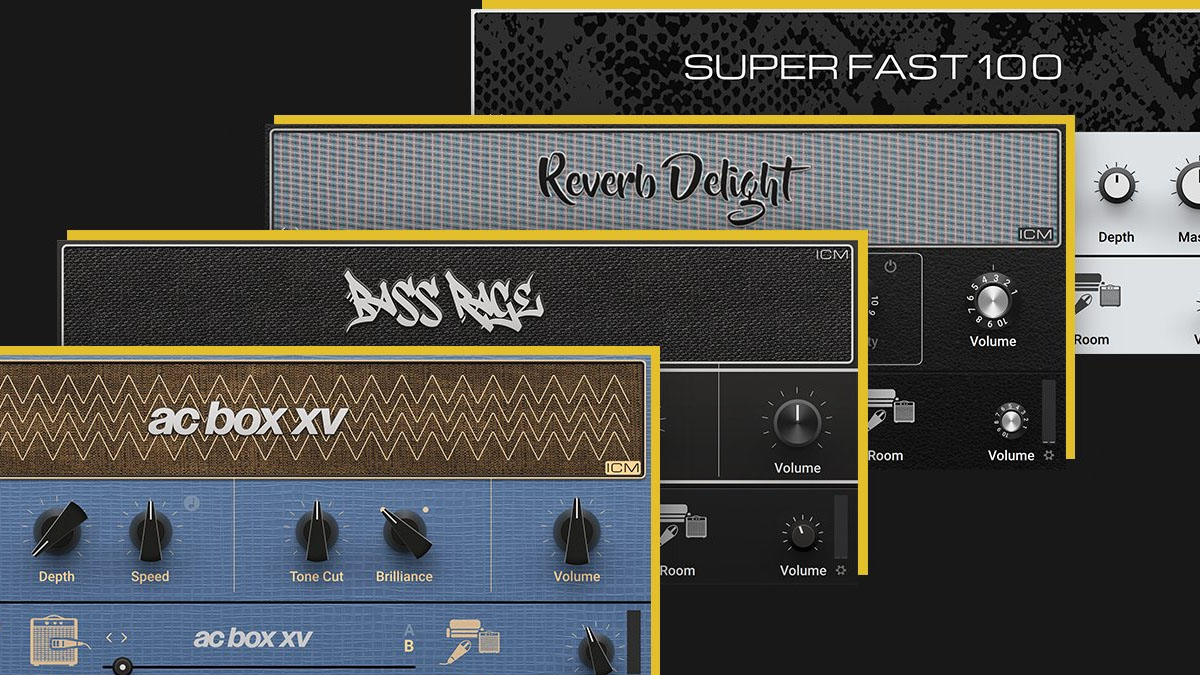
Four new virtual amps join the 22 extant models of guitar and bass amps. The Super Fast 100 offers some boutique tube amp hot sauce a la the Soldano Super Lead. The Reverb Delight looks is channeling the ubiquitous tones of a mid-1960s ‘black panel’ Fender combo amp. AC Box XV has your Vox-y tube combo Brit sparkle, chime and grit covered.
Rounding out the new amp models is the Bass Rage, described as an“iconic all-tube bass amp that delivers 300 watts of classic bass tone”. And in digital form, you don’t even have to bend the knees and keep the back straight when carrying it up a flight of stairs. Nice.
All of these amps have a matching cabinet module, there are 100 new presets, and there’s a direct-to-room slider to speed up your workflow, plus an onboard cabinet IR loader so you can dial in some of your own favorites.
Get The Pick Newsletter
All the latest guitar news, interviews, lessons, reviews, deals and more, direct to your inbox!
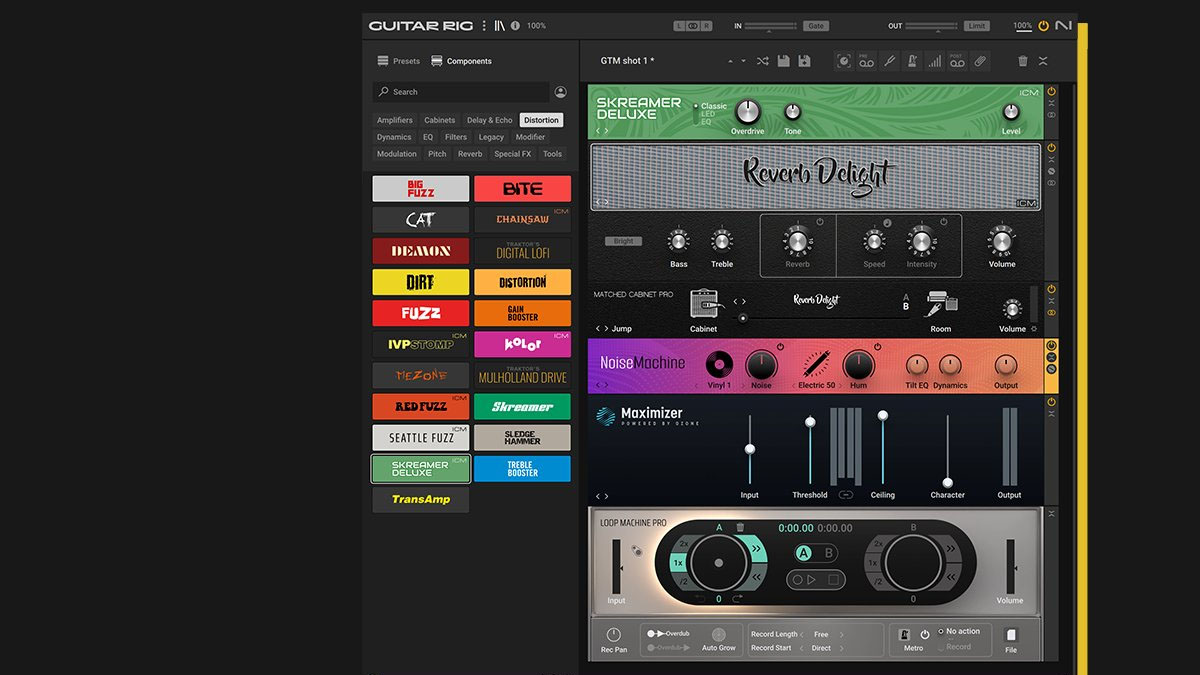
The new Skreamer Deluxe (hi there, digital Tube Screamer clone) overdrive, HM-2 inspired Chainsaw distortion, IVP Stomp and gloriously simplistic Seattle Fuzz stompbox emulations are all powered by ICM.
Also new to Guitar Rig Pro 7 are a quartet of lo-fi models for adding some analog goodness to your signal: Vintage Vibrato, with its blendable chorus and vibrato voicing, Noise Machine, for adding cassette tape and vinyl scratch textures, Tape Wobble to give add the sensation of mechanical failure at play, and Kolor, which can add some hardware distortion to your sound.
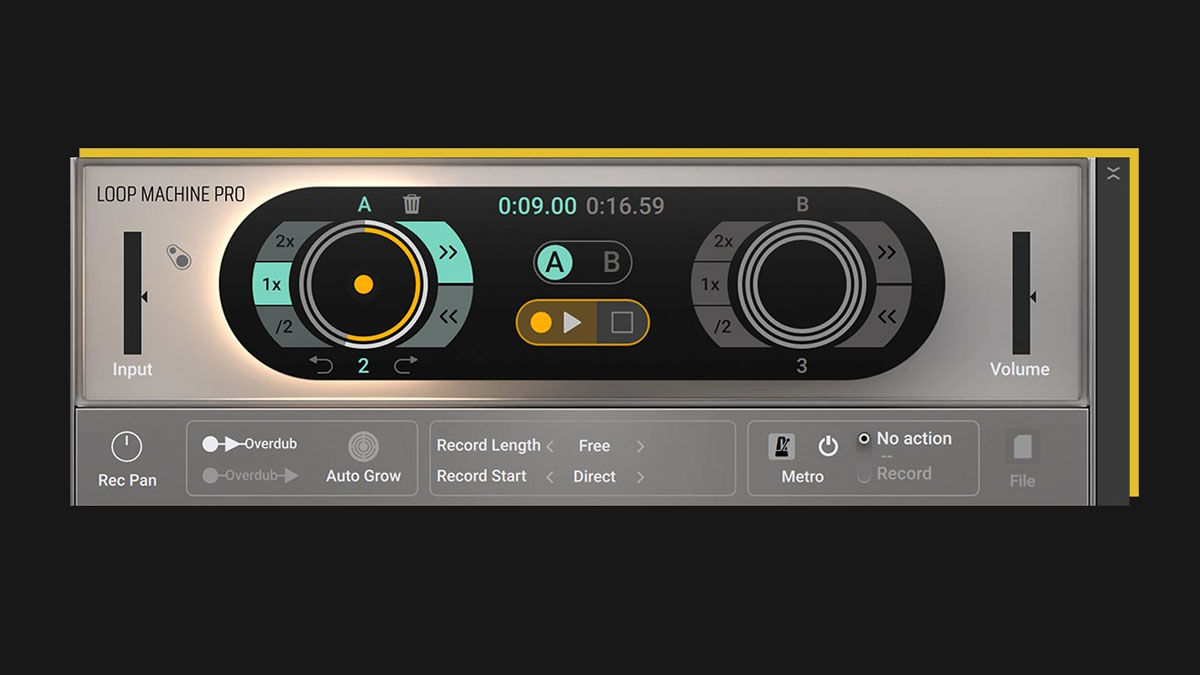
These can be used for electric guitar, naturally, but you can similarly apply them to anything else that is on your to-do list production-wise. Guitar Rig Pro 7 can process vocals, synth, drums… You name it.
The new Loop Machine Pro looks a serious bit of kit, too, and will surely come into its own for using the Guitar Rig Pro 7 platform in a live rig. All in, there is a veritable cornucopia of effects and sound-shapers here, which is why the plugin suite is so highly regarded.
Guitar Rig Pro 7 is available now, priced $99/£89 for an upgrade, $199/£179 for new users. See Native Instruments for full specs.
Jonathan Horsley has been writing about guitars since 2005, playing them since 1990, and regularly contributes to publications including Guitar World, MusicRadar and Total Guitar. He uses Jazz III nylon picks, 10s during the week, 9s at the weekend, and shamefully still struggles with rhythm figure one of Van Halen’s Panama.










